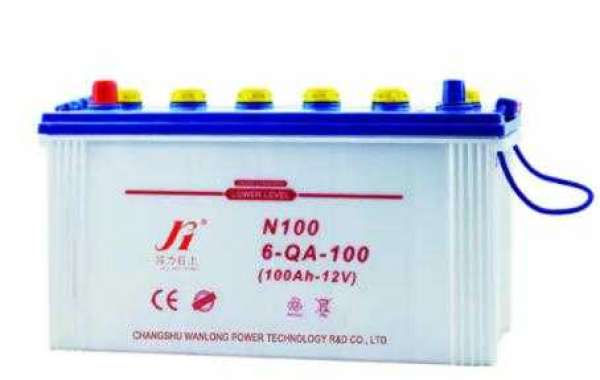All batteries experience some degree of self-discharge, yes. However, the discharge rate of lead-acid batteries depends on several key factors.
Temperature: The higher the ambient temperature when the battery is stored, the faster the self-discharge rate. For example, a battery stored at an average temperature of 80°F will discharge at a rate of 4% per week. And lead-acid batteries stored at 65°F will only discharge at about 3% per month.
Storage time: The time the battery spends in storage can also cause self-discharge. Lead-acid batteries stored at moderate temperatures have an estimated self-discharge rate of 5% per month. This rate increases with increasing temperature and risk of sulfation
Sulfation: This is the buildup of lead sulfate crystals that occurs when lead-acid batteries are not fully charged. Even if you charge your battery a bit, like leaving it idle in the car, it's still not enough to combat the self-discharge that can occur.
Dirt: Dust and dirt on storage batteries can also have a reaction that causes self-discharge. You can easily prevent this from happening by wiping the top of the battery with a clean, dry soft cloth. The best way to reduce the amount of self-discharge in battery storage is to use three Cs. Keep them clean, cool, and fully charged.







